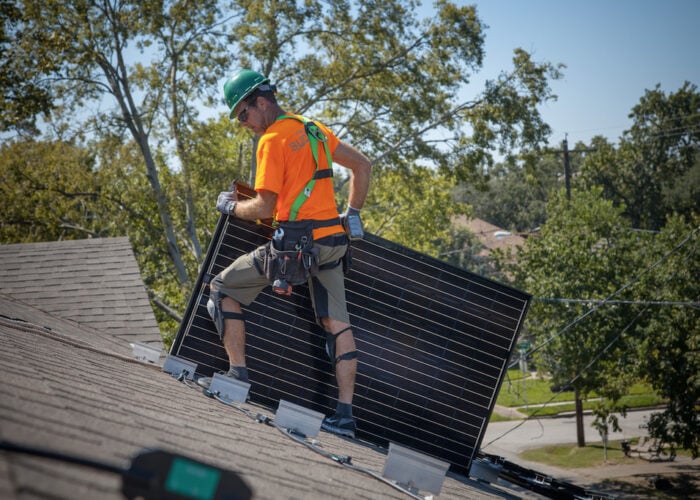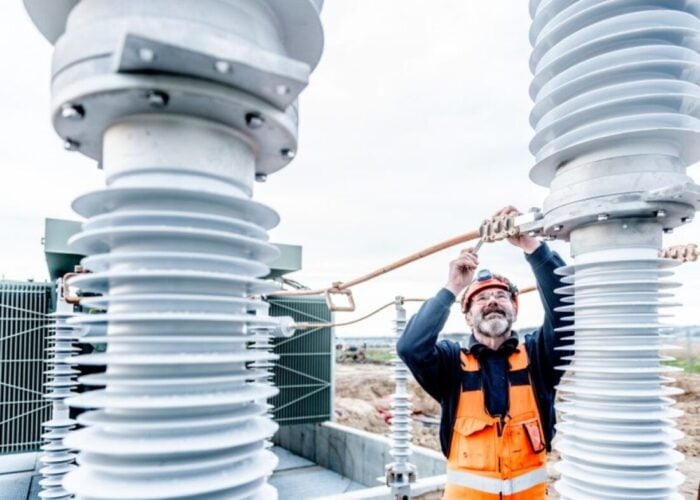Oerlikon Solar’s KAI 1200 PECVD (Plasma Enhanced Chemical Vapor Deposition) tool, used for the deposition of silicon absorber layers on thin film glass substrates, was acknowledged expert solar industry judges and online voting as “the best technical product for thin film manufacturing” during the first annual Cell Award ceremonies, which were held during Intersolar in Munich last week.
“We are very proud of this achievement and recognition of Oerlikon Solar’s technology leadership and production worthy equipment,” said Jeannine Sargent, CEO of Oerlikon Solar. “The award reflects our intensive research and development in thin film PV. Oerlikon Solar is committed to continue its technology leadership in executing its industry leading roadmap to make solar power economically viable.”
Unlock unlimited access for 12 whole months of distinctive global analysis
Photovoltaics International is now included.
- Regular insight and analysis of the industry’s biggest developments
- In-depth interviews with the industry’s leading figures
- Unlimited digital access to the PV Tech Power journal catalogue
- Unlimited digital access to the Photovoltaics International journal catalogue
- Access to more than 1,000 technical papers
- Discounts on Solar Media’s portfolio of events, in-person and virtual
“The 40-MHz VHF technology incorporated into our patented ‘Plasma Box’ has considerably increased deposition rates and improved the absorber layer quality, resulting in record efficiency levels for Oerlikon Solar’s thin film silicon technology,” stated Dr. Juerg Henz, Head of Thin Film Engineering and Operations.
The KAI 1200 PECVD was derived from the production of thin film transistor (TFT) displays. Increasing the frequency of the plasma source to improve deposition speed, while ensuring that the “standing wave effect” associated with higher plasma source frequency did not cause a loss of uniformity and suboptimal module efficiency, was a key development of the system for PV manufacturing, according to the company.
Oerlikon Solar said that its engineers successfully developed a process for using a plasma source RF excitation frequency of 40 MHz, several times higher than the industry norm of 13.56 MHz. Based on its research in partnership with the IMT in Neuchatel, Switzerland, and the EPFL in Lausanne, Switzerland, Oerlikon invented a dielectric lens compensation that eliminates the standing wave effect.
Caption: Jürg Steinmann, Oerlikon Solar’s Head of Marketing Communications, receives the Award for Best Technical Product for thin-film module manufacturing from Dr. Uroš Merc, CEO, Bisol Solar at the Cell Award 2009 event in Munich.







